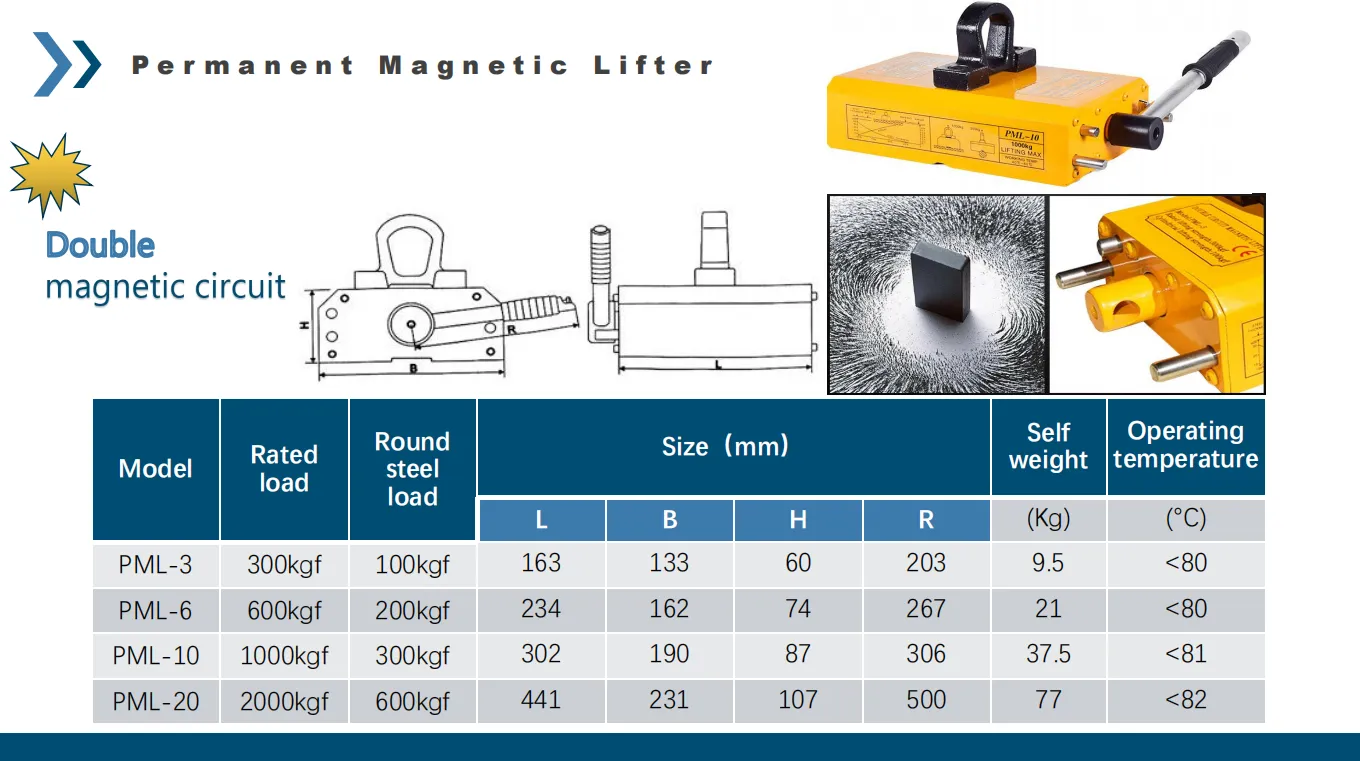overhead gantry
Understanding Overhead Gantries Key Features, Benefits, and Applications
Overhead gantries are pivotal structures in modern industrial operations, serving as fundamental components in various sectors including construction, manufacturing, and logistics. These robust frameworks facilitate the movement of heavy loads, enhancing efficiency and safety within a working environment. This article delves into the key features, benefits, and applications of overhead gantries, providing a comprehensive overview of their significance in today’s industry.
Key Features of Overhead Gantries
Overhead gantries are characterized by their design, which typically consists of a horizontal beam supported by vertical columns and cross-beams. This configuration allows for significant weight-bearing capabilities, making them suitable for lifting and transporting materials. Most overhead gantries are equipped with a hoist system that enables vertical movement of goods, while the entire gantry can traverse along the beams to transport items horizontally across the workspace.
The materials used in constructing overhead gantries are crucial for their performance. Commonly, they are made from steel or aluminum, providing strength and durability, yet maintaining a manageable weight. Additionally, overhead gantries can be customized in various sizes and designs to meet specific operational requirements, further enhancing their versatility.
Benefits of Overhead Gantries
One of the primary benefits of using overhead gantries is safety. By enabling automated lifting and transportation of heavy items, they reduce the risk of workplace injuries associated with manual handling. Workers can operate these systems from a safe distance, minimizing potential hazards.
overhead gantry

Furthermore, overhead gantries optimize space utilization. Unlike traditional forklifts that require considerable maneuvering space, overhead gantries operate above ground level, effectively freeing up floor space for other activities. This can be particularly advantageous in crowded facilities where maximizing available space is crucial for productivity.
Cost efficiency is another noteworthy advantage. Although the initial investment in an overhead gantry system may be higher than other material handling options, the long-term savings can be substantial. They reduce labor costs, minimize workplace injuries, and enhance operational efficiency, leading to improved overall productivity.
Applications of Overhead Gantries
Overhead gantries find a wide range of applications across numerous industries. In manufacturing facilities, they are essential for moving heavy parts along assembly lines. In warehouses, they facilitate the swift loading and unloading of pallets, thereby ensuring efficient inventory management. Construction sites also heavily rely on overhead gantries to lift and position heavy building materials, further streamlining the construction process.
Moreover, overhead gantries are increasingly being adapted for unique applications, such as cleanroom environments in the pharmaceutical or semiconductor industries, where they help ensure precision and contamination control during material handling processes.
Conclusion
In conclusion, overhead gantries are an integral part of contemporary industrial operations, offering significant advantages in safety, space optimization, and cost efficiency. Their versatility allows for a myriad of applications across various sectors, from manufacturing to construction. As industries continue to evolve and seek improved methods for handling materials, the role of overhead gantries is set to become even more prominent, underscoring their importance in the future of material handling and logistics.
-
Unlock Seamless Relocation with Our Heavy Equipment Moving ExpertiseNewsJun.06,2025
-
Unleash Unrivaled Flexibility with Our Adjustable Gantry CraneNewsJun.06,2025
-
Unleash Heavy-Duty Efficiency with Our Industrial Gantry Crane SolutionsNewsJun.06,2025
-
Revolutionize Steel Handling with Our Magnetic Lifter RangeNewsJun.06,2025
-
Master Equipment Mobility with Premium Machinery Mover SolutionsNewsJun.06,2025
-
Elevate Your Material Handling with Magnetic Lifter TechnologyNewsJun.06,2025
-
YS Permanent Lifting Magnets: The Smarter Way to Handle SteelNewsMay.22,2025
